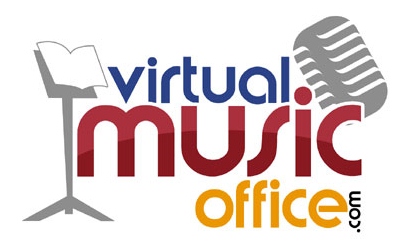 I prepared this list for one of my woodwind students and modified it some to include other instruments. There are links within this article to other articles I’ve written about literature selection, accompanists and the judging scoresheet categories.
I prepared this list for one of my woodwind students and modified it some to include other instruments. There are links within this article to other articles I’ve written about literature selection, accompanists and the judging scoresheet categories.
Pre-performance
The basics. Music, instrument. People have forgotten both.
Solo Part – ORIGINAL for judge. Measures numbered.
Have you paid your accompanist? Customary, usually following performance. More about respect, preparation and appreciation for your accompanist, click here.
BRASS.
Valve oil
WOODWINDS.
Backup reed – in case something happens to yours that day.
Mouthpiece cap – Keep on when moving – protects and looks professional.
PERCUSSION.
Backup sticks/mallets.
Arrive at the school/venue about an hour before your performance time. Find your performance room and then you can go to warm-up. Don’t over-practice. Just review your challenging spots. Your ensemble should run through the piece. Note that these warm-up rooms can be noisy.
Performance Room
Arrive at performance room before your time. You can go in ahead of time (or anytime) and listen to other performers. Most in Group 2 will be h/s. If your accompanist is late because of accompanying someone else, just explain that to the door person or judge.
Have the book opened to your solo when you present it to the judge.
If judge asks questions, answer politely (as you always are).
Sit or stand. Your choice. I prefer standing. Judge may want to see your fingers, so don’t put the music stand directly between you and the judge. Be able to make eye contact with your accompanist.
Do not start until the judge tells you to. He/she may be completing notes on the previous performer. If permission received, play tuning note with piano – last chance to check your reed.
Be prepared to introduce yourself, your school, and your piece (title/composer).
When you finish, especially if there is any applause, a slight bow is appropriate to acknowledge. Applause is the audience saying thank you — a bow is your thanking them for the applause. Recognize your accompanist.
You will not get your music immediately – probably after the performer who follows you. You will not get your scoresheet. Those go to your band director at the end of the day.
The door monitor will write your rating on the wall schedule.
Performance categories (sheet may vary slightly)
A separate post with addition scoresheet categories ===> HERE.
Intonation. Are you in tune with the piano? With each other (ensemble)? Do you have individual notes that are out of tune? Accuracy to printed pitches.
Tone. Resonance, clarity, control, focus, consistency, warmth.
Rhythm. Accuracy of note values, rest values, duration, pulse, steadiness, correctness of meter.
Technique. Facility, accuracy, articulation, fingerings.
Interpretation/Musicianship. Style, phrasing, tempo, dynamics, emotional involvement.
Performance factors. Choice of literature, appropriate appearance (related to performance), poise, posture, general conduct, mannerisms, facial expressions. Formal dress is not required, but jeans with holes and advertisement t-shirts will not only affect the appearance score, but also — judges can decide much about you before you play your first note. You are “on” from the time you take your performance position until you exit.
Did I forget anything? Let me know so I can improve this post for the next time. And note that rules per state are different… I tried to be generic in that regard.

